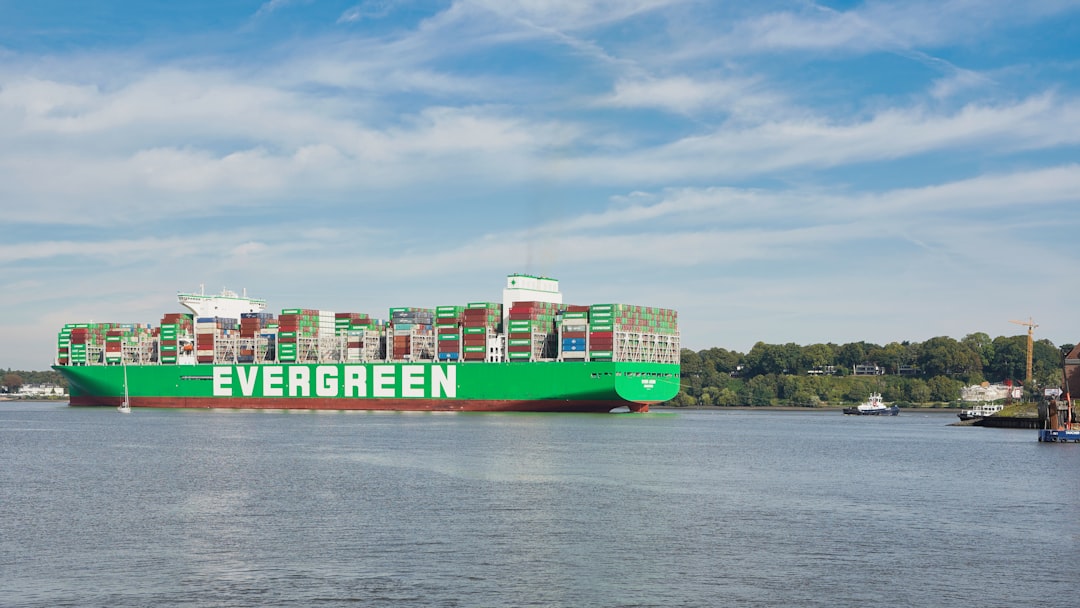“`html
Renewable Shipping: Charting a Course for a Sustainable Future
The shipping industry, responsible for a significant chunk of global carbon emissions, is facing increasing pressure to clean up its act. But what exactly does a “clean” shipping future look like? It’s not about futuristic hovercrafts (though those might be cool someday!). It’s about adopting renewable energy sources and drastically reducing the industry’s reliance on fossil fuels. This transition isn’t just a nice-to-have; it’s becoming an economic and environmental necessity.
Why Does Renewable Shipping Matter?
The reasons are pretty straightforward:
- Environmental Impact: Shipping contributes roughly 3% of global greenhouse gas emissions, a number that’s projected to rise if left unchecked. Switching to renewable fuels and technologies can drastically reduce this footprint, helping to combat climate change.
- Regulatory Pressure: International regulations, like those from the International Maritime Organization (IMO), are getting stricter. Ships will increasingly need to meet tougher emissions standards, forcing a shift towards cleaner alternatives. The IMO has set a goal to reduce carbon intensity of international shipping by at least 40% by 2030, pursuing efforts towards 70% by 2050, compared to 2008 levels, and to reach net-zero GHG emissions by or around, i.e. close to 2050.
- Economic Opportunities: Investing in renewable shipping can create new jobs and industries. The development and adoption of these technologies will spur innovation and economic growth in related sectors.
- Investor and Customer Demand: Consumers and investors are increasingly demanding sustainable practices from the companies they support. Shippers who embrace renewable solutions will be better positioned to attract investment and maintain a competitive edge.
The Frontrunners: Renewable Fuels & Technologies
Several renewable energy sources and technologies are vying for position as the future of shipping fuel. Here’s a look at some of the most promising contenders:
Biofuels:
Biofuels, derived from organic matter, offer a relatively easy drop-in solution, meaning they can be used in existing ship engines with minimal modifications. However, sustainability concerns surrounding biofuel production, such as land use and competition with food crops, need to be addressed. Sustainable certification is critical. According to a Reuters report, the shipping industry faces challenges including supply chain constraints and verifying sustainability for biofuel usage.
Hydrogen:
Hydrogen, when produced using renewable energy (green hydrogen), burns cleanly, emitting only water vapor. The challenge lies in the high cost of producing and storing hydrogen, as well as the need for significant infrastructure upgrades on ships and in ports. The energy density of hydrogen is also lower than that of traditional fuels, requiring larger fuel tanks.
Ammonia:
Ammonia (NH3), another hydrogen carrier, is easier to store and transport than pure hydrogen. However, burning ammonia can produce nitrogen oxides (NOx), which are air pollutants, unless sophisticated NOx abatement technologies are used. Like hydrogen, green ammonia production is still relatively expensive.
Wind Power:
Harnessing the power of the wind is making a comeback! Modern wind-assisted propulsion systems, such as rotor sails and kite sails, can significantly reduce fuel consumption and emissions. These technologies are particularly well-suited for certain types of ships and trade routes. The BBC Future website has explored the resurgence of wind power in shipping.
Batteries and Electrification:
For shorter voyages, especially ferries and coastal vessels, battery-powered electric ships are becoming increasingly viable. The challenge with larger ocean-going vessels is the limitations of battery technology – the energy density isn’t high enough yet for long distances.
Impact on the Shipping Industry: A Sea Change
The transition to renewable shipping will have a profound impact on the entire industry:
- Ship Design & Construction: New ship designs will be required to accommodate alternative fuels and propulsion systems. This will create opportunities for innovation in naval architecture and marine engineering.
- Port Infrastructure: Ports will need to invest in new infrastructure to handle and supply renewable fuels like hydrogen and ammonia. This includes storage facilities, refueling stations, and safety protocols.
- Fuel Supply Chains: Entirely new global supply chains will need to be established for renewable fuels. This will require collaboration between energy producers, shipping companies, and governments.
- Crew Training: Seafarers will need to be trained to handle and maintain new technologies and fuels. This will require updated training programs and certification standards.
- Increased Costs: In the short term, adopting renewable shipping solutions may increase costs. However, as technologies mature and regulations tighten, the long-term cost benefits of sustainability will become increasingly apparent.
Future Outlook: Navigating Towards Net Zero
The future of renewable shipping is bright, but the journey will be challenging. Here’s what we can expect to see in the coming years:
- Increased Investment: Expect to see a significant increase in investment in renewable shipping technologies and infrastructure. This will be driven by government incentives, investor pressure, and corporate sustainability goals.
- Technological Advancements: Ongoing research and development will lead to improvements in the efficiency, affordability, and scalability of renewable shipping solutions.
- Pilot Projects & Demonstrations: Expect to see more pilot projects and demonstration ships testing and validating new technologies in real-world conditions.
- Policy & Regulation: Governments and international organizations will continue to develop and implement policies and regulations to accelerate the adoption of renewable shipping. This includes carbon pricing, emissions standards, and incentives for sustainable practices.
The race to decarbonize shipping is on. While there’s no single silver bullet, a combination of renewable fuels, innovative technologies, and supportive policies will be essential to charting a course towards a sustainable future for the maritime industry. The shift won’t be easy, or cheap, but the long-term benefits for the planet and the industry are undeniable.
“`

